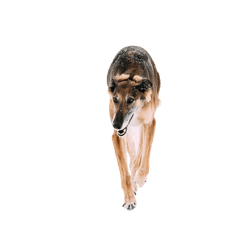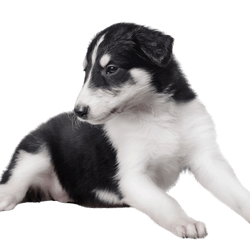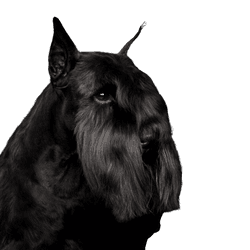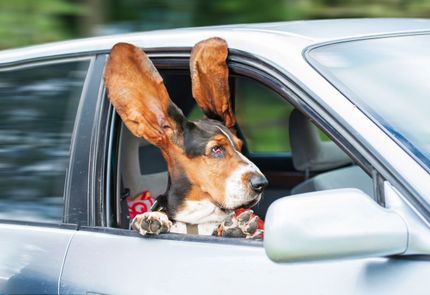Facts & Origin
PROFILE: Ardennes driving dog - origin, history & suitability.
The Ardennes Driving Dog, also known as the Chien de Trait d'Ardennes, originates from the dense forests of the Ardennes, a region that includes parts of Belgium, Luxembourg and France. The history of this breed goes back several centuries.
It is believed that the Ardennes Driving Dog descended from ancient driving and guard dogs that were used in the area. Historical documents and pictures indicate that it was used in hunting and as a working dog as early as the Middle Ages.
Suitability
Centuries of breeding as a working dog have left their mark on the Ardennes Drift Dog. He is a persistent, alert and independent dog. He was originally used for hunting and driving herds of cattle, often working in difficult weather conditions. These characteristics make him an excellent:
- Working Dog: His stamina and keen instincts make him an ideal candidate for herding and protecting herds.
- Family Dog: Away from his working qualities, the Ardennes Driving Dog also displays a graceful and loyal side that makes him a beloved family member. He is child-friendly and good-natured, but needs consistent training and enough exercise.
- Guard Dog: Thanks to its alertness and suspicious look towards strangers, it can also be used as a guard dog.
In conclusion, the Ardennes Driving Dog is a versatile and robust dog, suitable for working tasks as well as a loyal family companion. Its centuries of history and rich heritage make it a fascinating representative of dog breeds.
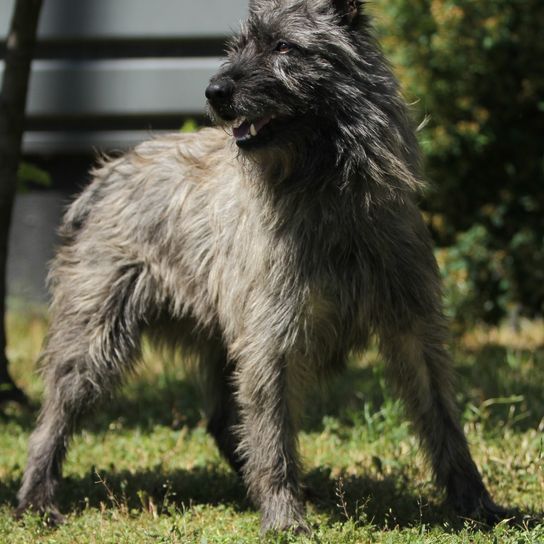
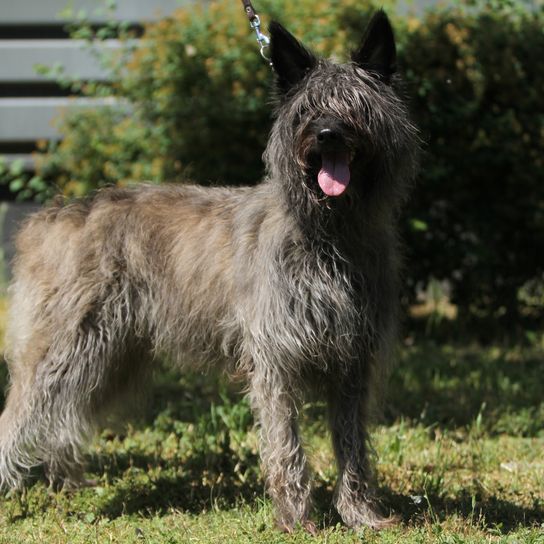
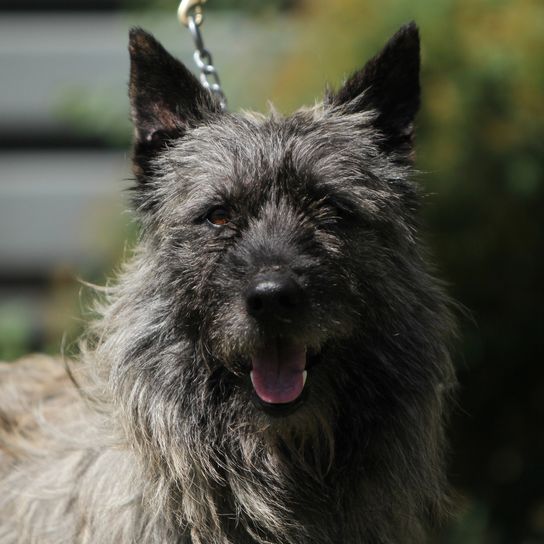
| Alternate Name | Bouvier des Ardennes |
| Origin | Belgium |
| Life expectancy | 9 - 15 years |
| Care requirements | - |
| Activity level | average to high |
| FCI group | Cattledogs (except Swiss Cattledogs) |
| AKC group | not recognised |
| KC group | not recognised |
Attitude, character and temperament of the breed
Basic character
The Ardennes Driving Dog is characterized by a robust and independent nature. Due to its long history as a working dog, it has developed strong instincts and impressive stamina.
Important character traits at a glance:
Will to Work: His drive to work is undeniable. This dog wants to be kept busy, whether through physical activity or mental challenges.
Loyalty: He is extremely loyal and devoted to his family. His will to bond is strong, which provides a good foundation for training and socialization.
Alertness: A natural guardian, he is always alert and vigilant. He may be reserved with strangers at first.
Independence: While closely tied to his family, the Ardennes Hound also has an independent streak. This means that he sometimes has a mind of his own and needs consistent leadership.
Interaction with children and other animals
Generally, the Ardennes Driving Dog is friendly with children and patient. However, thanks to his work-oriented background, he can also have a strong drive instinct. It is important to start socialization early, especially if the household houses other animals.
Conclusion on temperament
If you are looking for a loyal, alert, and hard-working companion, the Ardennes Drift Dog could be just the ticket. With the right training and guidance, it will show itself to be a balanced and reliable partner, both in the working environment and in family life.
Character
Care of the Ardennes Driving Dog
The coat of the Ardennes Driving Dog is short to medium length and dense. It is recommended to brush it at least once a week to remove loose hair and prevent skin problems. Frequency should be increased during molting periods.
- Bathing Requirements: Regular bathing is not mandatory. It is sufficient to bathe it when it is particularly dirty or smells unpleasant.
- Ears and Eyes: These should be checked weekly for signs of infection or foreign bodies.
- Claws: Do not wear down naturally and should be trimmed regularly.
Health and potential risks
The Ardennes Hound is generally a robust and healthy dog. However, as with all breeds, certain health problems can occur. Occasional conditions include hip dysplasia and certain eye conditions. Regular veterinary checkups and a balanced diet are essential to keep him fit and healthy for a long time.
Breeding
Breeding the Ardennes Driving Dog should be done responsibly and with health considerations in mind. Potential breeders should emphasize genetic testing and health examinations to ensure the quality and health of the breed. Furthermore, the focus should be on a balanced temperament, as this is vital to the dog's working and family life.
Conclusion
With proper care and attention to its health, the Ardennes Driving Dog is a long-lived and loyal companion. Responsible breeding will help maintain the high quality of this impressive breed.

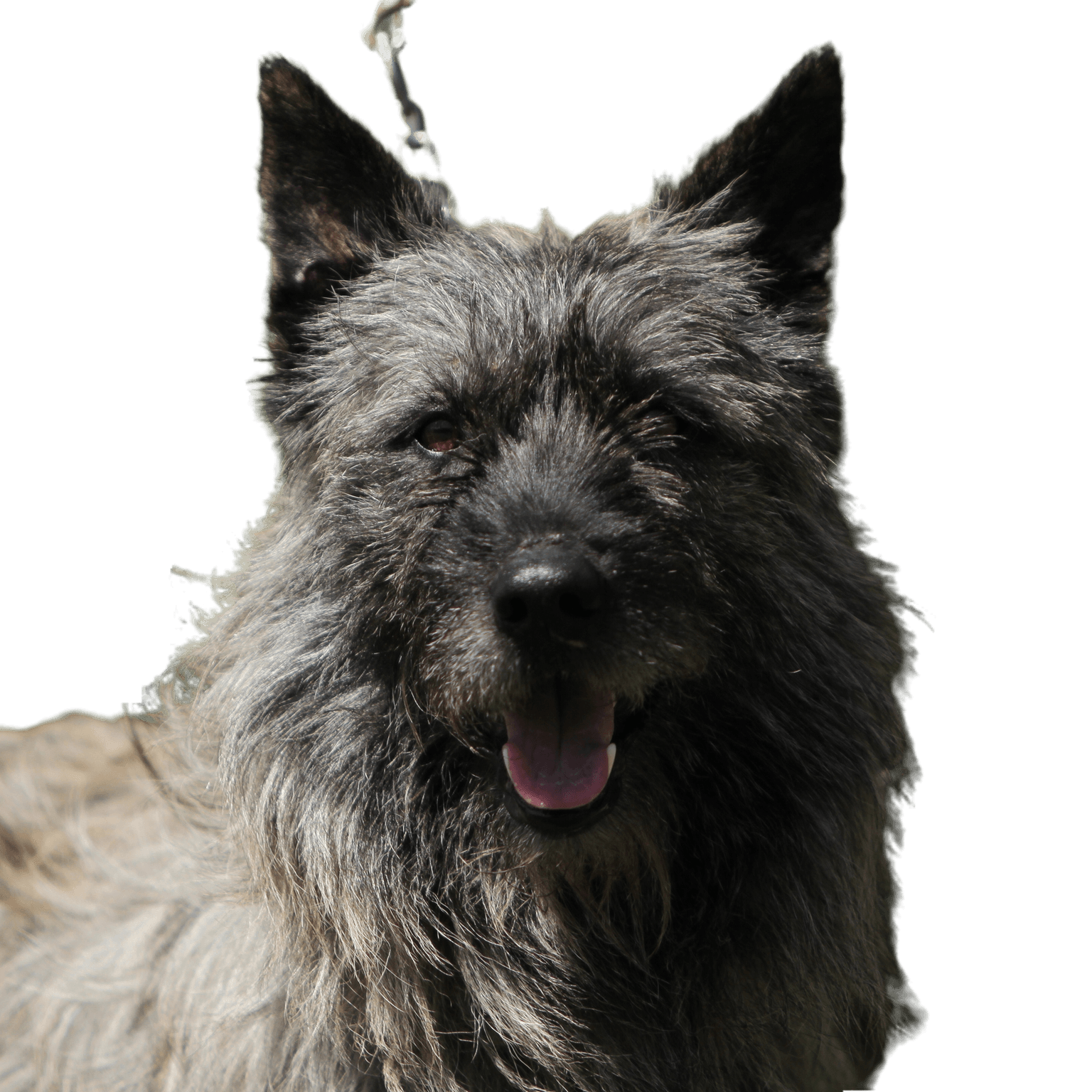
Coat & Color Variations
The coat of the Ardennes Driving Dog is characterized by its short to medium length. It is dense and provides the dog with good protection against the weather. The texture of the coat is rather coarse, but still pleasant to the touch.
Common colors are:
- Auburn
- Fawn
- Brindle Some specimens may also have small white markings, especially on the chest and paws.
Optics
The Ardennes Driving Dog has a striking appearance. He has a strong build, with his head and muzzle being particularly prominent. His ears are medium-sized and stand erect, giving him an alert appearance. His eyes are dark and almond-shaped, giving him a piercing yet friendly look.
Size & Weight
Height:
- Males: 55-60 cm
- Bitches: 50-55 cm
Weight:
- Males: 25-30 kg
- bitches: 20-25 kg
Conclusion
The Ardennes Driving Dog is not only functional, but also aesthetic. Its dense coat, combined with its imposing appearance, makes it an impressive sight. With a medium to large size and a weight that reflects its robust constitution, this dog is undoubtedly a striking representative of its species.
| Fur length | medium |
| Fur | - |
| Ear shape | Standing Ears |
| Tail | lang |
| Anatomy | rugged |
| Size ♀ | 52 - 56 cm |
| Weight ♀ | 22 - 28 kg |
| Size ♂ | 56 - 62 cm |
| Weight ♂ | 28 - 35 kg |
| Suitable For | - |
Known Diseases
Hip dysplasia (HD)
Hip dysplasia (HD) is a genetic condition in dogs where the hip joint is not shaped properly. This leads to pain, stiffness and restricted movement.
Epilepsy
Definition: Dog has epilepsy if, for example, at least two epileptic seizures occur more than 24 hours apart.
Cataract
Cataracts are still one of the most common causes of blindness, even in dogs.




